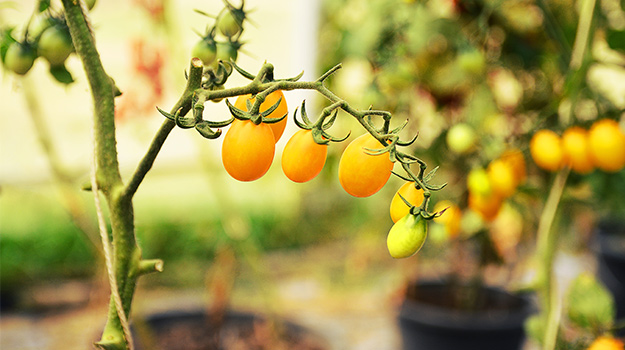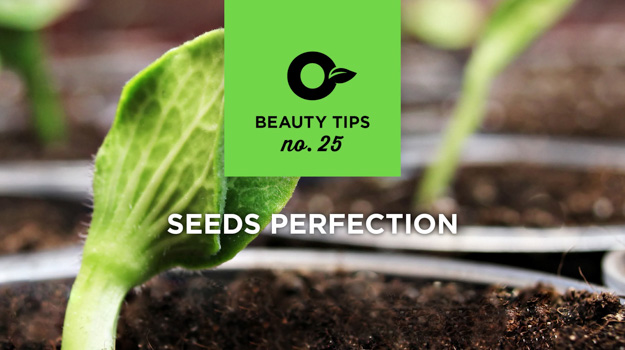
Tomatoes aren’t difficult to grow but they can be fussy, and if you aren’t careful, several things can go wrong along the way. Here are nine of the most common snafus and how to avoid them.
1. Failure to plant ahead:
Think about how many tomatoes you need and how you intend to use them. Do you want to can tomatoes or make salsa, or do you like to eat them raw and slice them into salads? Be sure to consider your climate and the growing season when selecting a variety. Seed catalogs are a great source of information.
2. Poor site selection:
Tomatoes need well-drained soil and at least eight hours of sunlight per day. Without either, they are bound to suffer. To reduce the possibility of disease, don’t plant tomatoes where potatoes or peppers have been grown for the past two years.
3. Overcrowding:
Tomatoes need plenty of elbow room, so don’t try to squeeze too many plants into a small space. Rely on seed packets, nursery tags, seed catalogs, or look online for information on optimum spacing information.
4. Neglecting the soil:
Work a generous amount of compost, rotted manure, and/or organic material like leaf mulch into the soil before planting. Dig the soil well to a depth of at least 8 to 10 inches. (20-25 cm.). If the soil is poor, dig in a small amount of all-purpose dry fertilizer.
5. Improper feeding:
Tomatoes are moderate feeders and too much fertilizer will promote lush growth at the expense of fruit. Feed tomatoes when the fruit is about 1 inch (2.5 cm.) in diameter, then again when harvest begins. Use a product relatively low in nitrogen (the first number of the NPK ratio on the front of the package).
6. Planting too early:
Tomatoes are a warm weather crop, so don’t transplant seedlings into the garden until the soil is warm and you’re sure all danger of frost has passed. Protect the plants with hotcaps or other covers in the event of an unexpected frost.
7. Failure to mulch:
Tomatoes love mulch because it keeps the soil moist and staunches growth of weeds. Don’t mulch, however, until transplants have been in the ground for five or six weeks. (Mulch lightly if slugs are a problem.)
8. Improper watering habits:
Beware of frequent, shallow watering. Instead, soak the ground to a depth of 6 to 8 inches (15-20 cm.), then let the soil dry slightly before watering again. As a general rule, a good soaking every four to five days is adequate in sandy soil, and seven to 10 days if soil is heavy. To prevent disease, irrigate early in the day. Water at the base of the plant and keep the foliage as dry as possible.
9. Failure to pay attention:
Watch for early signs of pests and disease and get the upper hand while problems are still easy to control. Keep weeds in check when they are small, as large weeds will compete with the tomatoes for moisture and nutrients.



